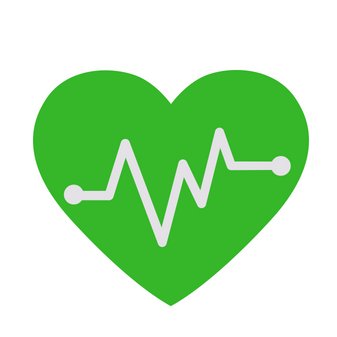The liver is the second largest organ in our body, after the skin, and has more than 500 functions vital to sustaining life. A healthy liver has a certain amount of fat in the cells; however, if the fat accumulation increases over time, a fatty liver disease occurs.
There are various types of liver disease, but the most common is a fatty liver. This brief guide will discuss the key differences between fatty liver disease caused by alcohol and other factors.
The main difference between alcoholic and non-alcoholic fatty liver disease is that the first one is caused by alcohol abuse. In contrast, the second one has different causes that experts still diagnose and explore. In the following, let’s learn a thing or two about these key terms.
What is NAFLD?
NAFLD, also known as Non-Alcoholic Fatty Liver Disease, is a liver disease with risk factors like obesity, type 2 diabetes, high blood pressure, high cholesterols, triglycerides, etc. It’s not caused by alcohol, and the disease develops in 4 stages.
- Difference in Stages
The first stage is known simply as fatty liver or steatosis. In this early stage, there’s no scarring tissue or liver inflammation, and usually, there are no symptoms. Many people might be unaware they have the disease; for most of them, it doesn’t progress any further.
The second stage is NASH. What is NASH, then? It’s an inflammatory liver disease that occurs when the liver tries to repair the damaged tissue. If the damaged tissue isn’t repaired, the liver inflames and develops scars.
These scars then lead to fibrosis, the third stage of NAFLD. Persistent scar tissue remains in the liver and its blood vessels. Even though the liver can still function normally during this stage, it will progress and replace the healthy liver tissue if treated unsuccessfully.
The 4th stage is cirrhosis. At this stage, the liver no longer functions properly and displays symptoms like jaundice, ascites, web-like blood vessels, pain in the upper right abdomen, etc.

What is AFL?
Alcoholic Fatty Liver is a liver disease caused by the excessive intake of alcohol. The liver is a complex organ that filters toxins from the blood, regulate cholesterol and blood sugar levels, fights infection, aids in the digestion of food, etc.
It’s an organ capable of regeneration; however, if the person consumes alcohol over many years, it reduces its capability of regeneration. This results in permanent damage and severe liver complications.
- Difference in Stages
The disease has 3 stages – alcoholic fatty liver disease, alcoholic hepatitis, and cirrhosis. The first stage can resolve when the person stops drinking alcohol for a couple of weeks and has no symptoms.
Alcoholic hepatitis is a severe condition if left untreated for a long time; it can be a life-threatening illness if the liver damage can’t be reversed.
Cirrhosis is when the liver becomes significantly scarred and does not display any obvious symptoms. This stage is not reversible; the person risks their own life if they don’t stop drinking.
- Differences in Terms of Physiology
- The fatty liver degeneration of liver cells is greater in non-alcoholic fatty liver disease and lesser in alcoholic liver disease;
- The cell inflammation is greater in alcoholic liver disease;
- Venous fibrosis, lymphocytic phlebitis, and phlebosclerosis are more common in NAFLD;
- ALD is predominantly diagnosed in males, according to the latest research by PubMed Central; according to this research, South Asian males are at higher risk of developing alcoholic liver cirrhosis compared to Afro-Caribbean males in the UK; On the other hand, the prevalence of NAFLD was higher in Hispanics;

- Differences in Treatment
The recommended treatment for alcoholic fatty liver disease is the limitation of alcohol. While NAFLD is best treated and prevented if you increase your physical activity, follow a healthy and balanced diet, avoid unnecessary medications, do not drink and smoke, and lose weight if you’re overweight.
- Clinical Differentiation
The clinical differentiation between NAFLD and ALD is performed by taking a personal medical history of the patient, performing labs, imaging examinations, and personal history of alcohol intake. The clinical parameters are calculated based on the patient ANI index, the BMI, the MCV 0 mean corpuscular volume, the AST/ALT ratio, etc.
The assessment of the diseases is optimal for treating them in the early stages. Earlier the stage, the higher the chances of returning the full-potential liver function.
Your Liver Health is Important
Make sure to attend regular doctor’s appointments to prevent fatty liver disease progression or prevent it in case you develop any symptoms. Even though both diseases are due to excess fat accumulation in the liver, the treatment differs in each and must be regulated by a healthcare professional.

Lifebing is driven by an unrelenting passion for promoting health and well-being, our team is wholly committed to curating exceptional content and immersive experiences.
